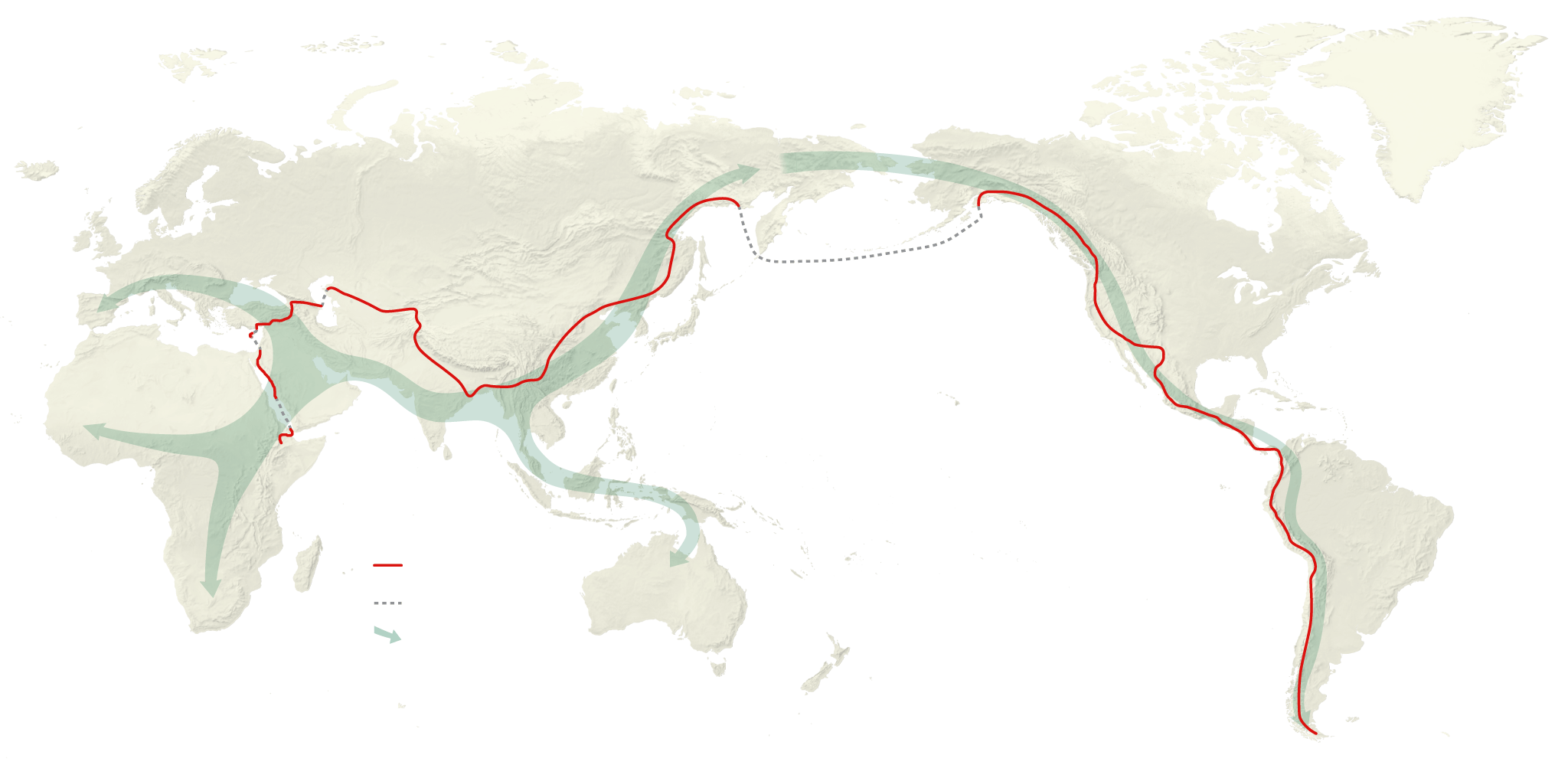
This week we followed journalist/explorer Paul Salopek on a 24,000-mile decade-long journey through time which he calls the “Out of Eden Walk.” Along his journey, Salopek retraces the steps of the first humans who migrated out of Africa during the Stone Age. This journey allows us to rediscover the world through his explorations. You can follow him on this journey as well through this link. Along his journey, Salopek explores various areas and speaks to the area’s people to learn untold stories. Each new report is a milestone, breaking the silence.
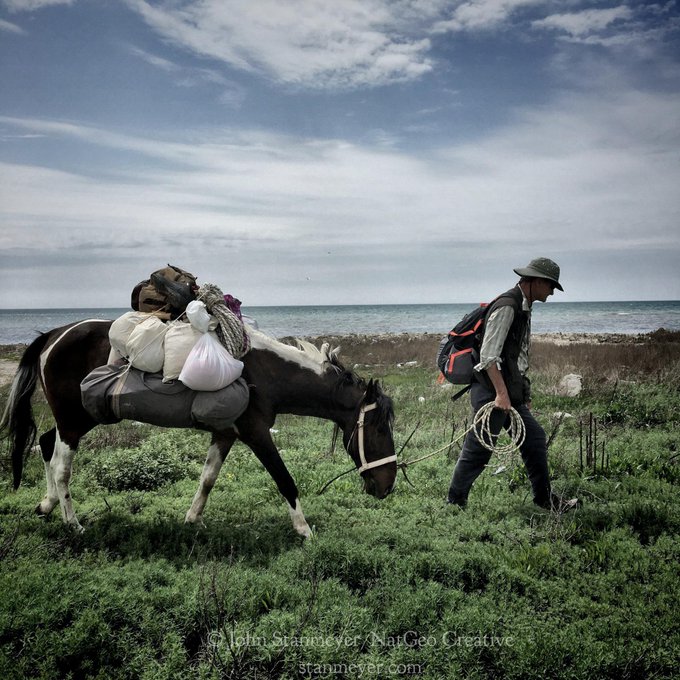
The Walk
This week we followed journalist/explorer Paul Salopek on a 24,000-mile decade-long journey through time. Salopek calls this journey the “Out of Eden Walk.” In Ethiopia, Salopek’s journey begins along what is known as the silk road takes him through many different places, finally ending at the tip of South America. Salopek engages in stories regarding the issues of climate change and technological innovation to mass migration and cultural survival by giving a voice to the people who inhabit them every day. Along his journey, Salopek retraces the steps of the first humans who migrated out of Africa during the Stone Age. This journey allows us to rediscover the world through his explorations. You can follow him on this journey as well through this link. Along his journey, Salopek explores various areas and speaks to the area’s people to learn untold stories. Each new report is a milestone, breaking the silence.
The Assignment
We chose three locations we discovered following Salopek’s journey in this week’s assignments. The three places I found most intriguing along the journey to reflect upon were Israel, China, and Krygyzstan. The first two places have always piqued my interest as places to explore. The last place I chose to reflect upon was new, but I found it quite interesting, as you will soon see.
Reflections
Israel
Chapter 2: The Holy Lands Salopek’s journey into Israel begins on the 423rd day of his Walk on March 29, 2014. At the start of his trip, Salopek comes across the Qafzeh Cave. Buried near the cave’s entrance is the skeleton of a boy. He is clutching the antlers of a red deer to his chest. According to the passage, this is the oldest evidence known of human burial. Salopek decides to take a route less traveled and explore to interact with locals and see many hidden or forgotten areas of Israel. They begin their exploration at the western edge of the city where the Bridge of Strings is. The bridge is a symbolic gateway facing the Mediterranean and walking counterclockwise towards Damascus Gate.
Renown for its biblical significance Jerusalem is an important pilgrimage site for those practicing Judaism, Christianity, and Islam worldwide. According to biblical scholars, the view from Old City was Abraham’s first view of Jerusalem. Within Jerusalem, Salopek travels along with many different cities where he comes across many artifacts, tombs, and archeological sites mentioned in scriptures. Some of the places visited included Mary’s Tomb, the Garden of Gethsemane where Christ prayed before being crucified, King David’s tomb, St. Vincent de Paul’s convent, and the Mount of Olives site of thousands of Jewish graves.
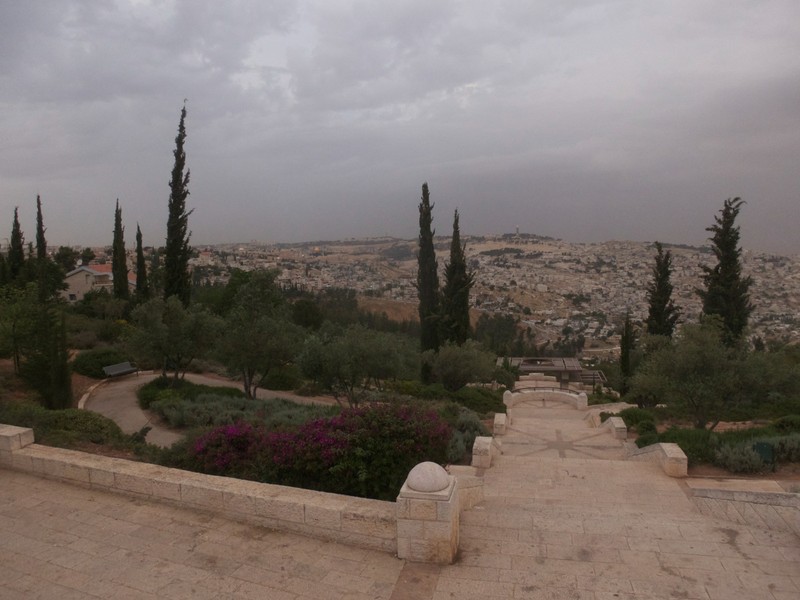
Recently Israel has been known for its Palestinian-Israeli War. In the divide between Jerusalem and Salopek meets many activists are looking to find peace. The people of Jerusalem consider the land as “nothing and everything.”
Krygyzstan
The next area I chose to explore was Krygyzstan. In Chapter 4 of the Silk Road, Salopek begins his journey into Krygyzstan, hunting the area of Tian Shan—the Celestial Mountains. The tallest peak reaches 23,400 feet. Salopek describes the wildlife found here and discusses how primitive people tracked prior.
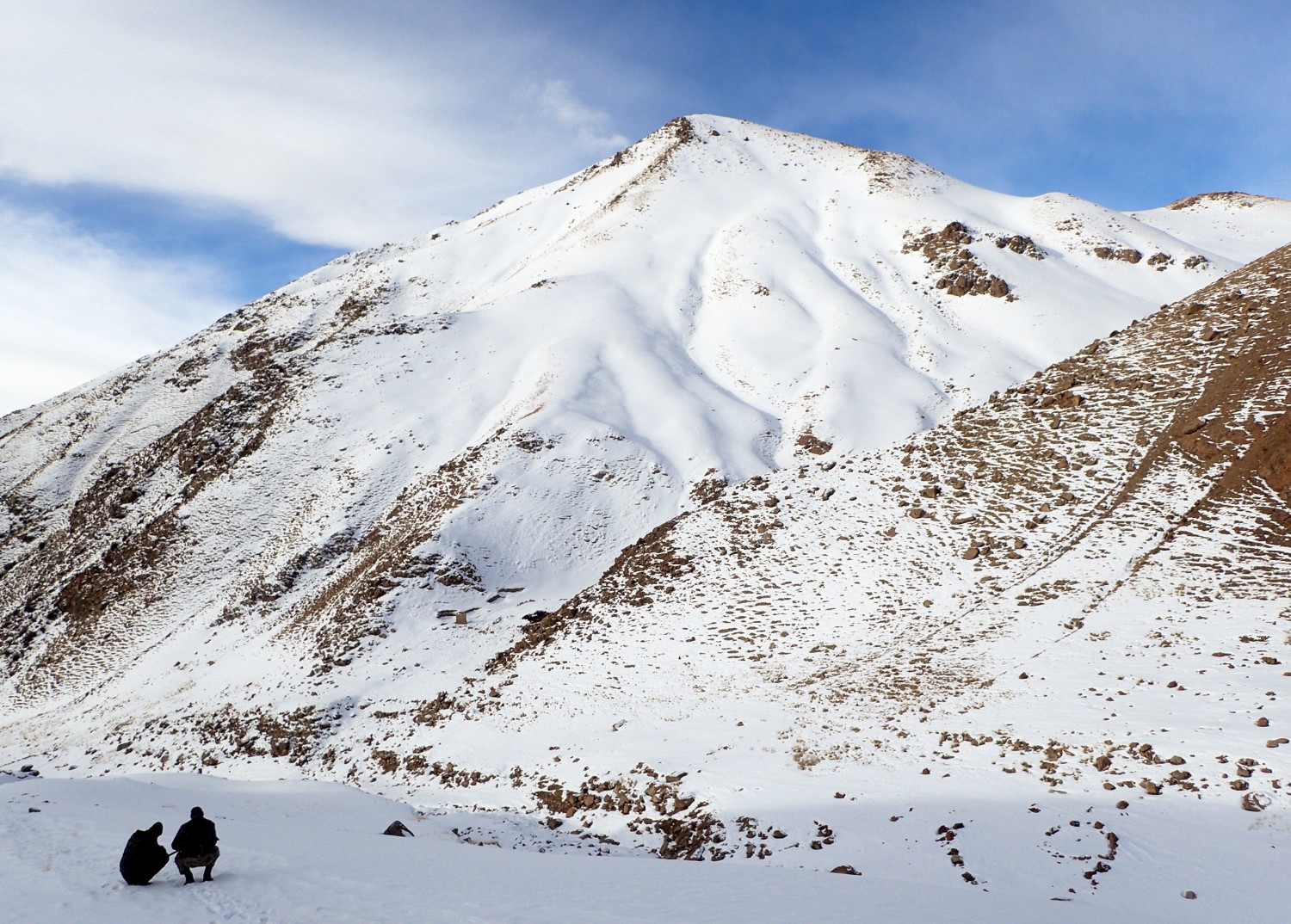
The journey leads us to Dordoi Bazaar, which I found fascinating. Tens of thousands of shipping containers make up one of Asia’s largest open-air markets located near Bishkek, the capital of Kyrgyzstan. This market is an array of merchandise where you can sell anything.
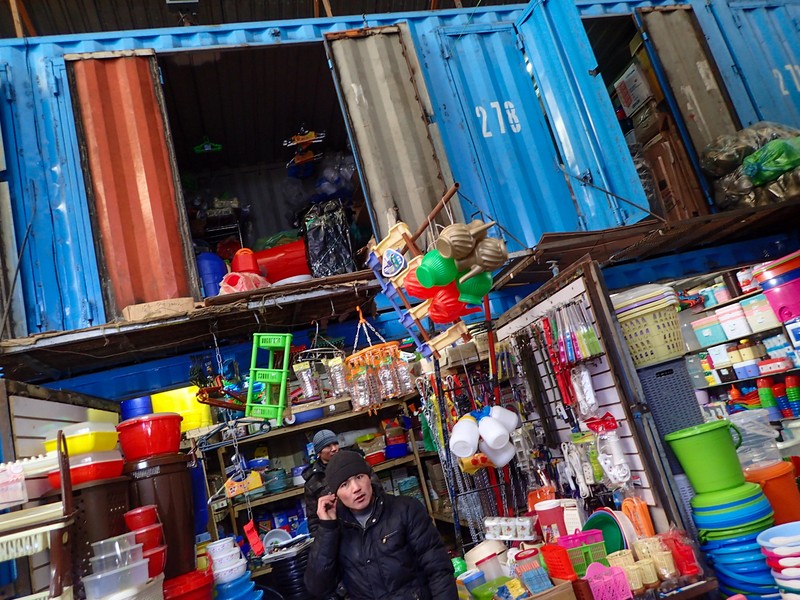
Salopek explores the petroglyphs carved into the giant boulders of Cholpon Ata. Issyk Kul, a slate-blue lake, and Cholpon Ata are considered the landmarks of ancient crossroads of migration and trade in Kyrgyzstan. Centuries ago, the lake provided a rest stop for travelers on the Silk Road. Today people come to see all the beautiful petroglyphs, which date as far back as 3,500 years. The most recent drawings are from Scythians, from which the legends of Amazons are from, which is neat.
Our final stop in Kyrgyzstan take us to Ak-Olan where a 14,000 year old Paleolithic workshop exists. Salopek learns about the history of stone blades and how the sharpest blade known to science is made of stone.
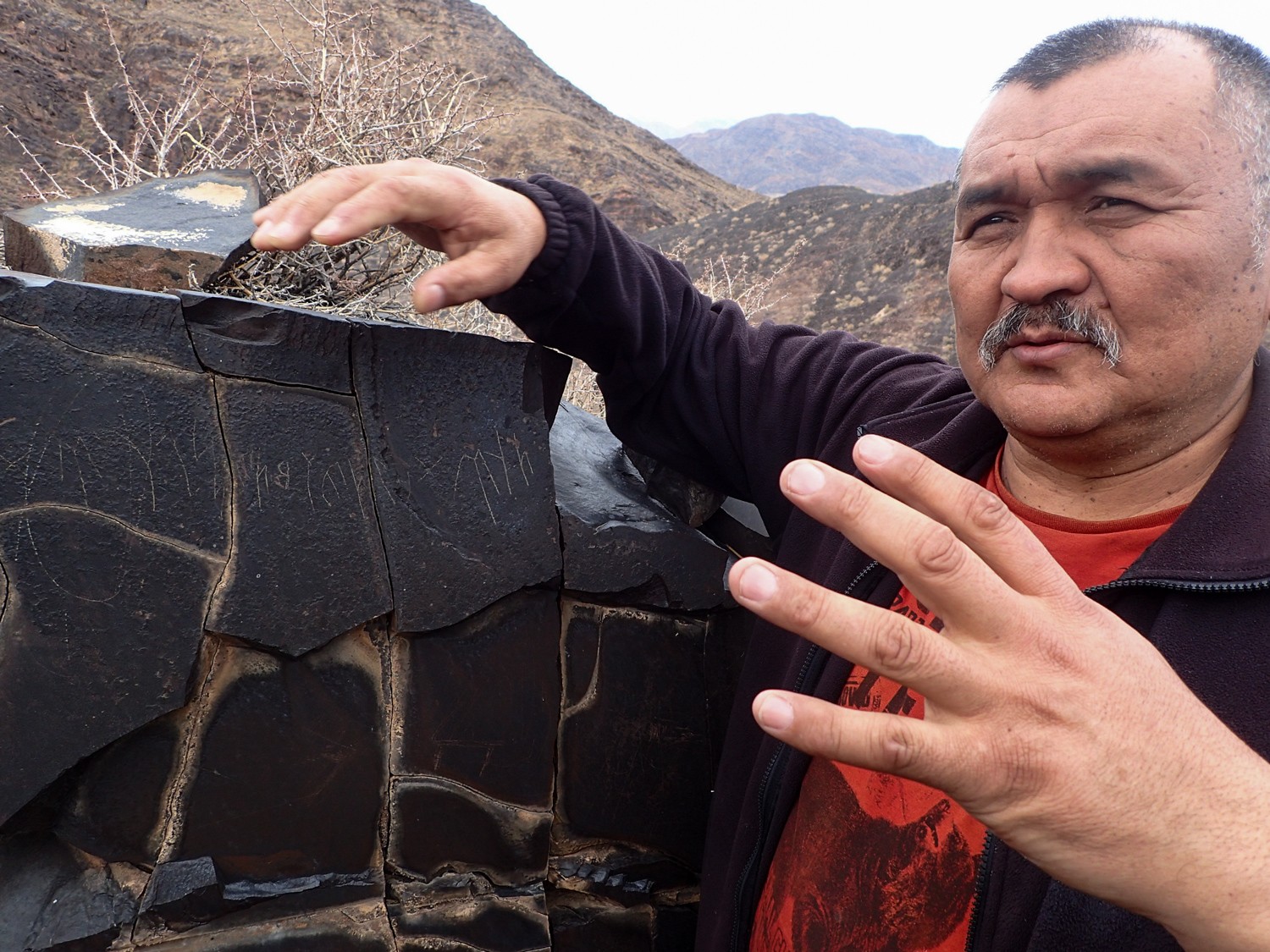
China
The final place I chose to reflect on was China. Our journey begins in Yuan, located in the Yunnan Province, southwest China. Such a beautiful providence that dates back as far as the Ming Dynasty. The beautiful landscape is so serene and lush with plants. At one time, 20-foot walls once encompassed the town of Tengchong. However, American bombers targeting the Japanese destroyed them during World War II.
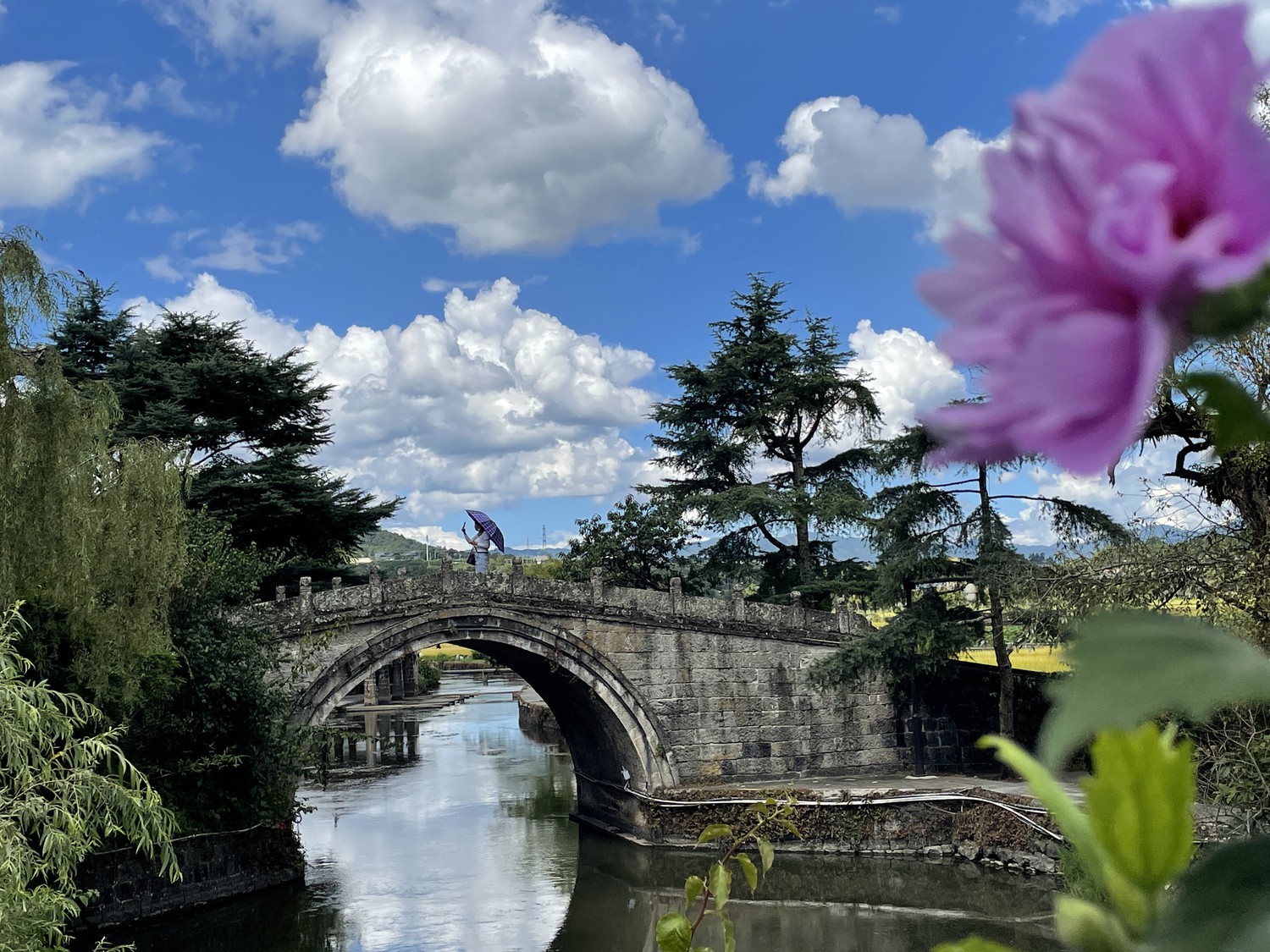
While visiting the house of Kong Zhong, Salopek finds that he is a descendant of Confucius, 78 orderly generations removed. Salopek resumes his journey here after being forced into quarantine in Myanmar, stalling the walk for more than a year. Because of a coup in Myanmar, Salopek had no choice but to fly to China because he could not make it out safely on foot. This setback left a gap of 251 un-walked miles in the journey’s global route. At this point, he has traveled 7550 miles on this journey.
My favorite place on this journey has been the Gaoligong mountains. The Goligong is considered China’s hot spot of biodiversity. It contains almost 700 species of animals and over 5,000 plants. The views are breathtaking. If there is one place you wouldn’t mind getting lost for a little while, it could be here.
In Gaoligong, Salopek describes the zealous conservation ethic of Indigenous farmers living near the mountains. People say that “They look on the mountains as a parent. We should too.” Every year different species are found here. Salopek mentions that the UN’s Biodiversity conference is also happening at this time and that they have vowed to dramatically expand funding for programs that protect species and natural habitats across the globe. However, Salopek mentions that the US and the Vatican have not signed up.
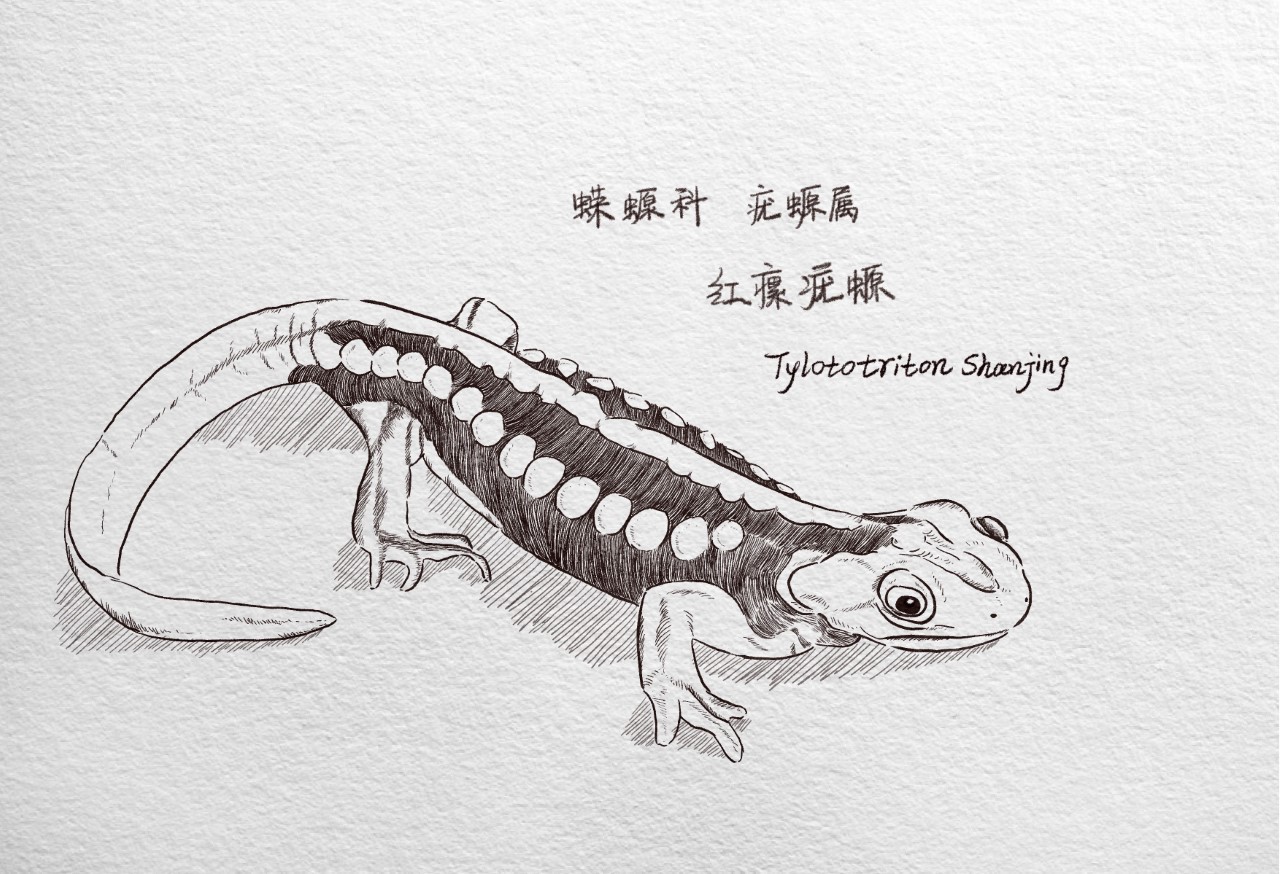
To learn more about Salepek’s journey and to discover more places, you can follow him here on this link. Thank you so much for taking a glimpse into such unique sites. There is so much to explore, so quit wasting time and go.
Thanks for checking out my blog.
Bayta O.
Recent Comments